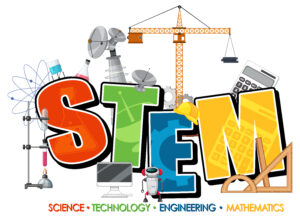A chatbot is a software or computer program that simulates human conversation or “chatter” through text or voice interactions.
Users in both business-to-consumer (B2C) and business-to-business (B2B) environments increasingly use chatbot virtual assistants to handle simple tasks. Adding chatbot assistants reduces overhead costs, uses support staff time better and enables organizations to provide customer service during hours when live agents aren’t available.

How do chatbots work?
Chatbots have varying levels of complexity, being either stateless or stateful. Stateless chatbots approach each conversation as if interacting with a new user. In contrast, stateful chatbots can review past interactions and frame new responses in context.
Adding a chatbot to a service or sales department requires low or no coding. Many chatbot service providers allow developers to build conversational user interfaces for third-party business applications.
A critical aspect of chatbot implementation is selecting the right natural language processing (NLP) engine. If the user interacts with the bot through voice, for example, then the chatbot requires a speech recognition engine.
Business owners also must decide whether they want structured or unstructured conversations. Chatbots built for structured conversations are highly scripted, which simplifies programming but restricts what users can ask.

Why are chatbots important for businesses?
Organizations looking to increase sales or service productivity may adopt chatbots for time savings and efficiency, as artificial intelligence (AI) chatbots can converse with users and answer recurring questions.
As consumers move away from traditional forms of communication, many experts expect chat-based communication methods to rise. Organizations increasingly use chatbot-based virtual assistants to handle simple tasks, allowing human agents to focus on other responsibilities.

How have chatbots evolved?
Chatbots such as ELIZA and PARRY were early attempts to create programs that could at least temporarily make a real person think they were conversing with another person. PARRY’s effectiveness was benchmarked in the early 1970s using a version of a Turing test; testers only correctly identified a human vs. a chatbot at a level consistent with making random guesses.
Chatbots have come a long way since then. Developers build modern chatbots on AI technologies, including deep learning, NLP and machine learning (ML) algorithms. These chatbots require massive amounts of data. The more an end user interacts with the bot, the better its voice recognition predicts appropriate responses.
Chatbot use is on the rise in business and consumer markets. As chatbots improve, consumers have less to quarrel about while interacting with them. Between advanced technology and a societal transition to more passive, text-based communication, chatbots help fill a niche that phone calls used to fill.

